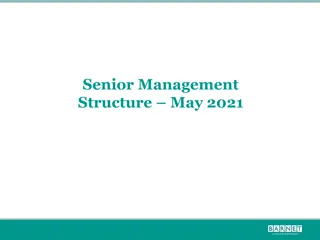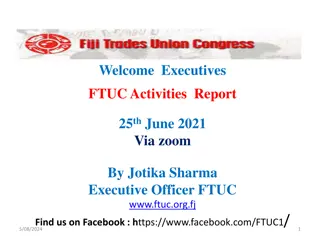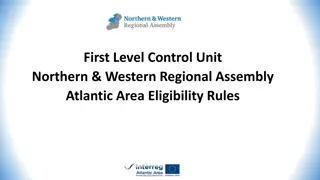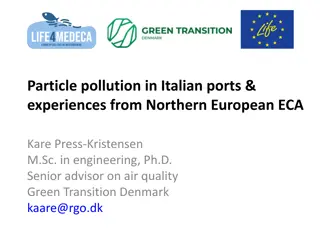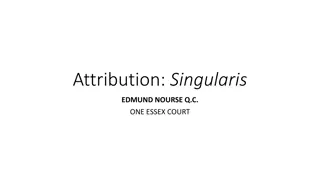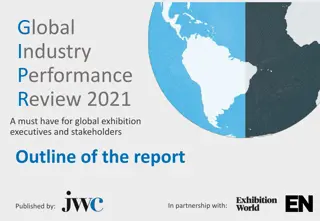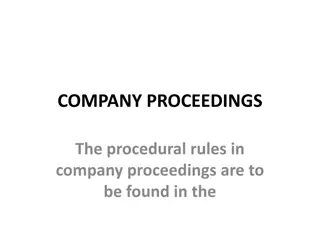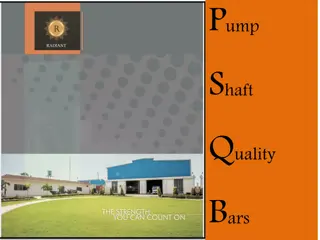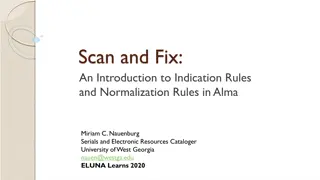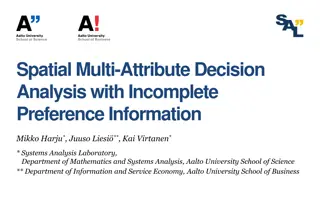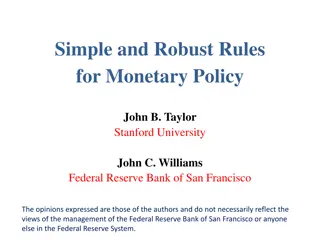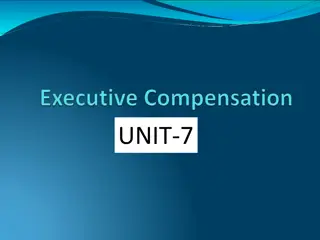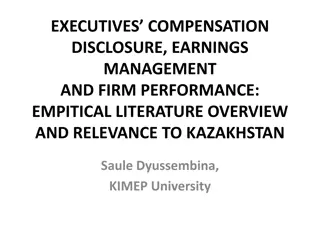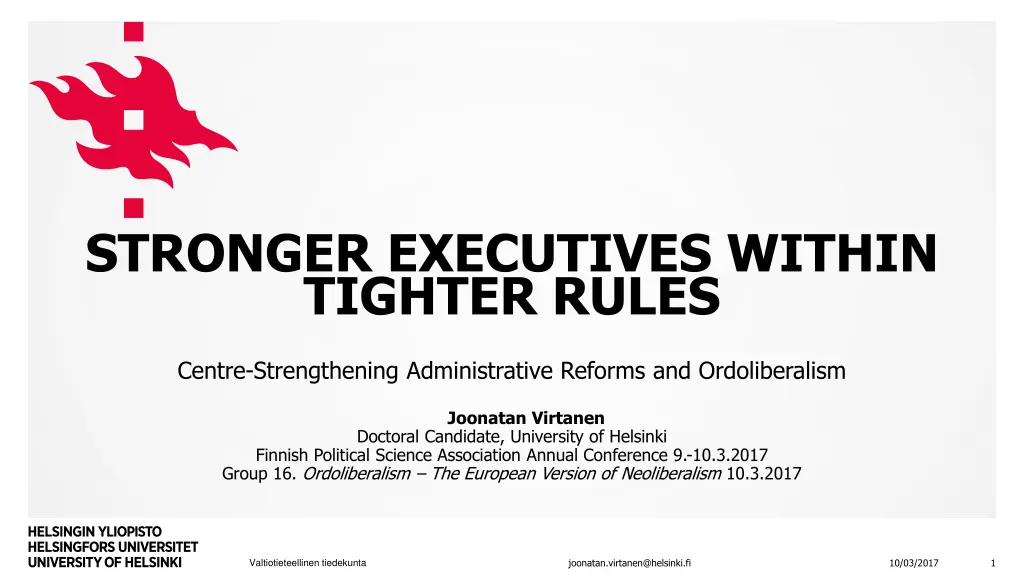
Administrative Policy Trends and Executive Strengthening in European Context
Explore the intersection of administrative policy, ordoliberalism, and authoritarian liberalism in the European context, focusing on the strengthening of executive centers within tighter rules. Delve into how this trend impacts governmental coordination, reform effectiveness, and social impact, reflecting a shift towards a whole-of-government approach with elements of evidence-based policy-making and digitalization.
Download Presentation

Please find below an Image/Link to download the presentation.
The content on the website is provided AS IS for your information and personal use only. It may not be sold, licensed, or shared on other websites without obtaining consent from the author. If you encounter any issues during the download, it is possible that the publisher has removed the file from their server.
You are allowed to download the files provided on this website for personal or commercial use, subject to the condition that they are used lawfully. All files are the property of their respective owners.
The content on the website is provided AS IS for your information and personal use only. It may not be sold, licensed, or shared on other websites without obtaining consent from the author.
E N D
Presentation Transcript
STRONGER EXECUTIVES WITHIN TIGHTER RULES Centre-Strengthening Administrative Reforms and Ordoliberalism Joonatan Virtanen Doctoral Candidate, University of Helsinki Finnish Political Science Association Annual Conference 9.-10.3.2017 Group 16. Ordoliberalism The European Version of Neoliberalism 10.3.2017 joonatan.virtanen@helsinki.fi 10/03/2017 1 Valtiotieteellinen tiedekunta
ADMINISTRATIVE POLICY THROUGH THE PRISM OF AUTHORITARIAN LIBERALISM Wolfgang Streeck 2015: Heller, Schmitt and the Euro, European Law Journal 21:3 Re-reading Hermann Heller on Carl Schmitt (1933), Streeck connects Schmitt s conservatism, post-war German ordoliberalism and Hayek s neoliberalism with an authoritarian liberalism and the imperative for an authoritarian liberal state: Schmitt s authoritarian state, as Heller rightly notes, was a liberal-authoritarian state, one that was, in the classical liberal way, strong and weak at the same time: strong in its role as protector of the market and the economy from democratic claims for redistribution to the point of being able to deploy the public power to suppress such claims and weak in its relationship to the market as the designated site of autonomous capitalist profit-seeking, which government policy was to protect and if necessary expand without, however, entering it. The EU institutions, especially the EMU, follow closely the liberal authoritarian template Streeck s authoritarian liberalism vs. contemporary European ordoliberalism: what to call joonatan.virtanen@helsinki.fi 10/03/2017 2 Valtiotieteellinen tiedekunta
STRENGTHENING EXECUTIVE CENTRES IN ADMINISTRATIVE POLICY & REFORMS An administrative policy trend of strengthening executive centres and their coordination capabilities both vertically and horizontally, with a whole-of-government approach to state / public administration (Christensen & Laegreid 2007; Kolltveit 2015; Hammerschmid, Van de Walle, Andrews, Bezes 2016) A post New Public Manament agenda of re-regulation and re-centralization, but layered upon mainstreamed NPM elements Hybridized with politicization , but also with evidence-based policy-making / knowledge management , and network administration / e-government / digitalization Objectives of increased reform / policy / implementation effectiveness and social impact , mostly within a fiscal consolidation framework (in the EU / EMU, the economic policy governance) Examples: OECD 2015a: Achieving Public Sector Agility at Times of Fiscal Consolidation; OECD 2015b: Estonia and Finland: Fostering Strategic Capacity Across Governments and Digital Services Across Borders; The Finnish Central Government Reform Project 2016-19; Assessment of the Unified Government Model 2016-17; preceding similar projects joonatan.virtanen@helsinki.fi 10/03/2017 3 Valtiotieteellinen tiedekunta
STRENGTHENING EXECUTIVE CENTRES IN THE EU INSTITUTIONAL CONTEXT The joint effects of augmented economic policy governance AND centralized member state executives? Increased EU vs. national policy impact? Executive centre-strengthening appears to less challenge than complement EU governance; also, the intergovernmental / executive federalism characteristics of the union must be taken into account A strengthening of executive power on both EU & national levels? More likely, given that the augmentation of EU economic governance itself can be characterized as an executivization of rules-based institutions, with no or negligible democratic / parliamentary controls (an authoritarian constitutionalism , Oberndorfer 2014) Stronger executives within tighter rules a reconfiguration within the ordoliberal / authoritarian liberal institutional order? something else / more comprehensive change? joonatan.virtanen@helsinki.fi 10/03/2017 4 Valtiotieteellinen tiedekunta


